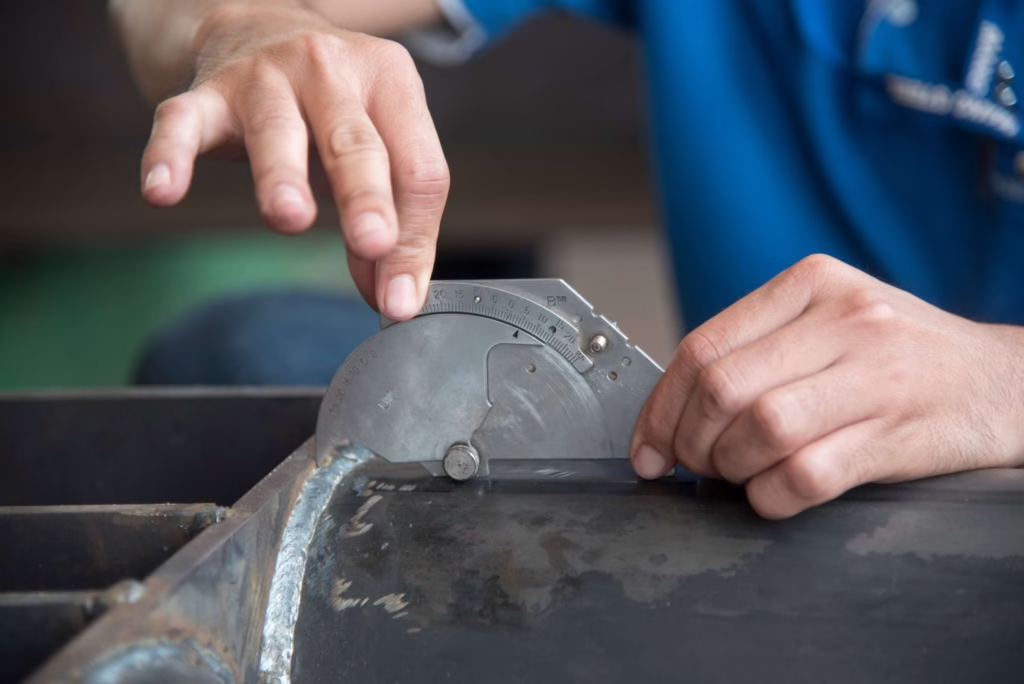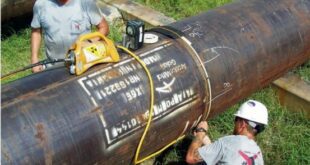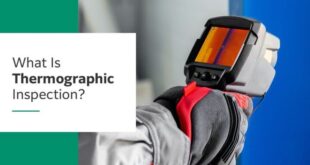The Role and Duties of a Welding Inspector
In the welding industry, structural integrity and safety hinge on more than just skilled welders and advanced equipment — they depend significantly on the vigilance and expertise of welding inspectors. These professionals are the backbone of welding quality assurance, tasked with ensuring that all welds meet required specifications, codes, and standards. Let’s dive into the responsibilities and duties that define the role of a welding inspector and why they are essential across every stage of the welding process.
Why Welding Inspectors Matter
Welds must be “fit for purpose,” meaning they meet the standards outlined in design documents and industry codes. The welding inspector’s primary role is to verify that welds comply with these standards — not only after completion but throughout the entire fabrication process. Inspectors don’t just look at finished welds; they monitor everything from procedure qualification to post-weld testing.
While welding inspectors don’t always need to be trained welders themselves, they must possess a strong understanding of:
Welding processes and procedures
Industry codes and acceptance criteria
Defect detection and interpretation
Safety regulations and documentation protocols

The Three Phases of Welding Inspection
The welding inspection process is divided into three key stages:
1. Preliminary Stage (Before Welding)
This is the planning and verification phase. Errors here lead to failures later, so meticulous checks are crucial.
Key Duties Before Welding:
Review Drawings and Specifications: Inspectors interpret blueprints to understand weld joint designs, material thickness, tolerances, and special instructions.
Verify Materials: Confirm that base metals and filler materials match the WPS requirements. Certified Mill Test Reports (CMTRs) and Positive Material Identification (PMI) may be used for verification.
Check Joint Preparation and Fit-Up: Inspect edge preparations, joint gaps, cleanliness, and alignment to prevent weld discontinuities.
Review WPS and PQR: Ensure approved Welding Procedure Specifications are in place and supported by valid Procedure Qualification Records. These define acceptable ranges for current, travel speed, preheat, etc.
Confirm Welder Qualifications: Inspectors validate that welders and operators are certified per codes such as ASME IX or BS EN standards.
Inspect Equipment and Consumables: Ensure proper setup of welding machines and storage of electrodes or wires per manufacturer and code guidelines.
Preheat Verification: Confirm that any required preheating is applied consistently, especially on thicker materials or hardenable steels.
Safety Measures: Inspectors oversee that safe practices are followed — including ventilation, PPE usage, fire prevention, and confined space protocols — even if they’re not the primary safety officers.
2. In-Process Stage (During Welding)
During welding, inspectors closely monitor the actual welding activity to prevent defects in real-time.
Key Duties During Welding:
Monitor Parameters: Observe amperage, voltage, wire feed speed, and travel speed to ensure they’re within WPS limits.
Control Temperatures: Maintain proper preheat and interpass temperatures to avoid cracking or metallurgical issues.
Observe Welding Technique: Inspect the welder’s movement, torch angle, and bead placement to ensure consistent weld quality.
Interpass Cleaning: Verify that slag and oxidation are removed between passes, ensuring proper fusion.
Monitor Environment: Check for environmental factors (like wind or moisture) that may affect shielding gas coverage or weld quality.
Witness Qualification Tests: Oversee any ongoing welder or procedure qualification tests to confirm compliance with standards.
3. Final Stage (After Welding)
After welding, the inspector evaluates whether the completed weld meets all quality and code requirements.
Key Duties After Welding:
Visual Inspection: Examine surface quality, weld profile, bead uniformity, and signs of discontinuities such as undercut, cracks, overlap, or porosity.
Non-Destructive Testing (NDT): Ensure certified technicians perform appropriate NDT methods (e.g., radiography, ultrasonic testing, dye penetrant, or magnetic particle testing).
Post Weld Heat Treatment (PWHT): Verify that PWHT is applied per code when required, especially to relieve residual stress or prevent hydrogen cracking.
Evaluate Defects: Use acceptance criteria to determine if discontinuities found during inspection or testing are acceptable or require repair.
Maintain Records: Accurately document all inspections, results, weld traceability, and corrective actions. Complete records are often required for compliance and client assurance.
Knowledge Base of a Welding Inspector
To perform these duties effectively, welding inspectors need multidisciplinary knowledge. Some key areas include:
Welding Symbols and Terminology
Blueprint Reading and Interpretation
Welding Processes (MIG, TIG, SMAW, etc.)
Metallurgy and Materials Science
Heat Treatment and Residual Stress
Codes and Standards like:
ASME Section IX
API 577, 578
BS EN 287, 1418
ISO 9606 and others
They must also understand the defect acceptance criteria from various codes, such as the maximum allowable porosity size or acceptable undercut depth. Being code-literate is non-negotiable.
Documentation and Traceability
One of the inspector’s most critical responsibilities is maintaining documentation for quality assurance. This includes:
Weld maps and tracking logs
Welder qualification records
WPS and PQR approval sheets
Inspection reports
NDE results and interpretations
PWHT logs
Working with the Welding Team
Inspectors work closely with:
Welders and Operators
Quality Control Managers
Design Engineers
NDE Technicians
Fabricators and Fitters
Though their role involves verifying and sometimes rejecting work, inspectors must remain collaborative rather than combative. Their goal is not to police but to uphold standards and foster a culture of quality and safety.
Conclusion
The role of a welding inspector extends far beyond visual checks. It’s a comprehensive responsibility that spans planning, monitoring, and validation at every stage of the welding process. Whether it’s confirming material certificates, monitoring preheat temperature, or interpreting ultrasonic test results, the inspector plays a vital role in ensuring that welds are structurally sound and code compliant.
Their presence helps prevent costly rework, structural failures, and safety incidents. Through detailed knowledge, code expertise, and a commitment to documentation, welding inspectors are essential gatekeepers of weld quality in every industry — from pipelines and pressure vessels to aerospace and infrastructure.
 Welding of Welders All about Welding and Welders
Welding of Welders All about Welding and Welders



